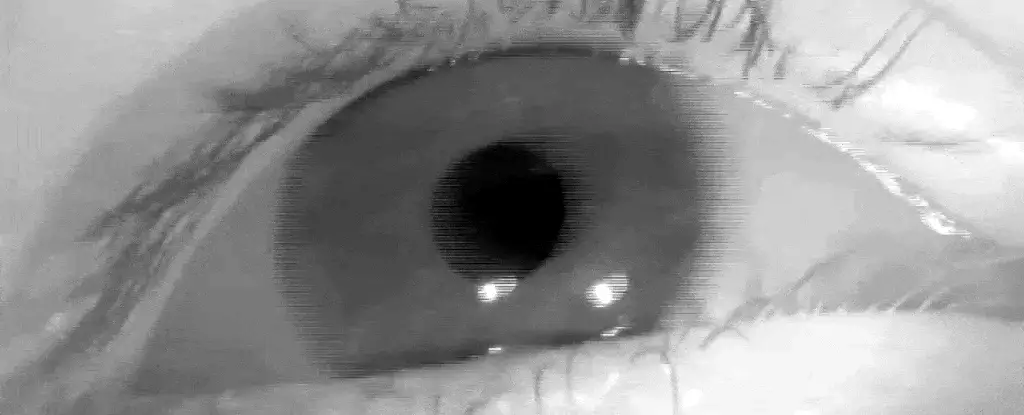Alzheimer’s disease is a complex neurodegenerative disorder that affects millions of individuals worldwide. Detecting it in its early stages is crucial for effective treatment and management. Recent research indicates that monitoring saccadic eye movements could play a pivotal role in early diagnosis. Saccades are rapid, involuntary movements that our eyes make to shift from one point of focus to another. These movements, although subtle, can offer critical insights into a person’s cognitive health. For individuals diagnosed with Alzheimer’s, these saccadic movements often become slower and less precise as the disease progresses, potentially marking some of the earliest observable changes associated with cognitive decline.
Innovative Tools for Monitoring Eye Movements
Traditionally, eye-tracking equipment has been required to analyze saccadic motions, but such technology can be cumbersome and less accessible. However, a promising new approach is emerging through the use of hearable devices. Researchers, headed by Rachel Bouserhal and Chris Niemczak, are exploring how in-ear microphones can detect the minute vibrations generated by eye movements. This inventive method opens up avenues for non-invasive and relatively affordable Alzheimer’s monitoring systems. By capturing these physiological signals directly from a patient’s ears, the technology could potentially allow for real-time, continuous assessments of cognitive health without the need for complex setups or extensive training.
Research Goals and Methodology
The research team plans to conduct a study involving 70 participants—35 diagnosed with mild cognitive impairment or Alzheimer’s disease and 35 healthy controls. Each participant will wear a hearable device that measures the tiny vibrations associated with their saccadic eye movements. This experimental setup aims to juxtapose the eye movement data gathered from both patient groups, allowing researchers to identify any significant differences that may exist in the saccadic latency of those experiencing cognitive decline compared to healthy individuals. By understanding these variations further, the researchers hope to develop algorithms that can track eye movements and filter out background noise, enhancing the potential for early disease detection.
The adoption of hearable technology for monitoring cognitive health boasts several promising advantages. First and foremost, it’s remarkably non-invasive and comfortable for patients to wear in their everyday lives. This high level of acceptance can lead to more consistent data collection, thereby increasing the reliability of the insights obtained. Furthermore, the relative affordability of hearable devices compared to traditional eye-tracking technology lowers barriers to widespread adoption, making it accessible to a broader population. The implications of this could be vast, as it would not only serve Alzheimer’s pathology but could also be utilized to monitor other conditions that exhibit similar cognitive indicators.
Beyond the immediate goal of Alzheimer’s detection, the vision for this technology is expansive. Researchers propose that once the methodology is refined, it could be adapted to differentiate between various cognitive impairments and potentially other neurological conditions altogether. Such advancements could revolutionize how we approach cognitive health monitoring, allowing healthcare providers to develop tailored treatment plans and interventions based on precise, real-time data. As significant strides are made in the feasibility of this diagnostic tool, it may pave the way for vast improvements in early intervention strategies and public health outcomes.
In a world increasingly focused on early detection and intervention, the exploration of saccadic movements via in-ear microphones represents a beacon of hope for Alzheimer’s detection. By harnessing the innate characteristics of eye movements and combining them with emerging technologies, we stand at the cusp of redefining how we monitor and understand cognitive health. Continued research and development in this area hold great promise not only for Alzheimer’s but for a wide range of neurological conditions, positioning us toward a future in which diseases may be diagnosed earlier and managed effectively, ultimately improving the quality of life for countless individuals.


Leave a Reply